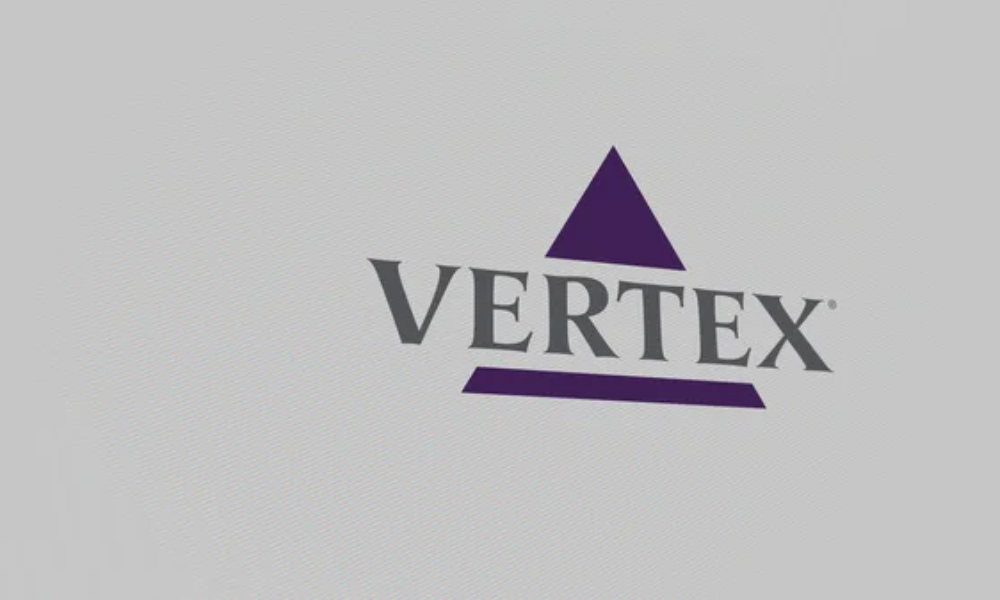In the diverse world of stock market investing, understanding the nuances between different types of stocks is crucial for both novice and seasoned investors.
Among these categories, small-cap and large-cap stocks stand out. Each of these categories of stocks moves in unique and differing ways in response to market dynamics.
Furthermore, people may choose to invest with either small or large-cap stock for different reasons, as the stocks tend to perform is different ways.
This article delves into the intricate differences between small and large-cap stocks, highlighting how their movements differ and what drives these variations.
Understanding Small-Cap and Large-Cap Stocks
Before delving into the distinct behavior of each type of stock, it’s essential to define what small-cap and large-cap stocks are. Small-cap stocks are shares of companies with a relatively small market capitalization, typically between $300 million and $2 billion.
These companies are often in their growth phase, offering high growth potential, but also carrying higher risk. In contrast, large-cap stocks represent companies with a market capitalization of more than $10 billion.
These are usually well-established industry leaders, offering stability and steady growth, but often with lesser growth rates compared to small-cap stocks.
Well-known large-cap stocks include companies such as Apple, Microsoft, and Amazon.

Market Volatility and Sensitivity
One of the primary differences between small and large-cap stocks is their sensitivity to market volatility. Small-cap stocks are often more volatile than their large-cap counterparts.
This is due to their lower liquidity and the fact that smaller companies are often more susceptible to market and economic fluctuations.
Investors in small-cap stocks should be prepared for a rollercoaster ride of ups and downs, which can be driven by both company-specific news and broader market trends.
This is why it is important to believe in the long-term potential of a small-cap stock before you invest money into it.
This way, you will not be swayed from your investment by the short-term volatility that comes with small-cap stocks.
Growth Potential vs. Stability
The growth potential of small-cap stocks is a key attraction for investors. Being in the early stages of development, these companies have a higher ceiling for growth.
This potential comes with risks, as their success often hinges on the success of their products or services, market acceptance, and their ability to manage growth. Large-cap stocks, meanwhile, offer more stability.
They are often industry leaders with established business models and a history of steady, if unspectacular, growth.
Large-cap stocks will often pay a dividend to shareholders – another key point that attracts investors preferring cash flow over capital growth.
Response to Economic Changes
Small and large-cap stocks also differ in their response to economic changes. Small caps are typically more responsive to domestic economic shifts, as they are often more domestically focused in their operations.
This makes them more sensitive to local economic conditions, such as changes in consumer spending, tax policies, and interest rates.
Large-cap companies, which usually have a greater global footprint, are influenced by a broader range of factors, including international economic conditions, currency fluctuations, and global trade dynamics.
Investment Considerations
When considering investing in small or large-cap stocks, investors should be mindful of their investment goals and risk tolerance.

Small-cap stocks can offer significant growth opportunities but come with higher risks and volatility. They can be an excellent choice for growth-oriented investors with a higher risk tolerance and a longer investment horizon.
On the other hand, large-cap stocks are more suitable for conservative investors seeking stability, regular dividends, and lower volatility.
Diversification Strategies
A smart approach for many investors is to have a mix of both small and large-cap stocks in their portfolios. This strategy allows investors to balance the high growth potential of small caps with the stability and regular dividends of large-cap stocks.
Diversification helps mitigate risks and capitalize on the strengths of both categories.
Conclusion
Understanding the differences between small and large-cap stocks is crucial for making informed investment decisions.
Each category has its unique characteristics, risks, and rewards. By recognizing these differences and incorporating them into their investment strategies, investors can better position themselves to achieve their financial goals, whether they seek rapid growth, stability, or a balance of both.
DISCLAIMER
You should read and understand this disclaimer in its entirety before joining or viewing the website or email/blog list of SmallCapStocks.com (the “Publisher”). The information (collectively the “Advertisement”) disseminated by email, text or other method by the Publisher including this publication is a paid commercial advertisement and should not be relied upon for making an investment decision or any other purpose. The Publisher is engaged in the business of marketing and advertising the securities of publicly traded companies in exchange for compensation. The track record, gains, upside, and/or losses mentioned in the Advertisement, if any, should not be considered as true or accurate or be the basis for an investment. The Publisher does not verify the accuracy or completeness of any information included in the Advertisement. While the Publisher does not charge for the SMS service, standard carrier message and data rates may apply. To unsubscribe from receiving promotional text messages to your phone sent via an autodialer, using your phone reply to the sender’s phone number with the word STOP or HELP for help.
The Advertisement is not a solicitation or recommendation to buy securities of the advertised company. An offer to buy or sell securities can be made only by a disclosure document that complies with applicable securities laws and only in the states or other jurisdictions in which the security is eligible for sale. The Advertisement is not a disclosure document. The Advertisement is only a favorable snapshot of unverified information about the advertised company. An investor considering purchasing the securities, should always do so only with the assistance of his legal, tax and investment advisors. Investors should review with his or her investment advisor, tax advisor or attorney, if and to the extent available, any information concerning a potential investment at the web sites of the U.S. Securities and Exchange Commission (the “SEC”) at www.sec.gov; the Financial Industry Regulatory Authority (the “FINRA”) at www.FINRA.org, and relevant State Securities Administrator website and the OTC Markets website at www.otcmarkets.com. The Publisher cautions investors to read the SEC advisory to investors concerning Internet Stock Fraud at www.sec.gov/consumer/cyberfr.htm, as well as related information published by the FINRA on how to invest carefully. Investors are responsible for verifying all information in the Advertisement. As an advertiser, we do not verify any information we publish. The Advertisement should not be considered true or complete.
The Publisher does not offer investment advice or analysis, and the Publisher further urges you to consult your own independent tax, business, financial and investment advisors concerning any investment you make in securities particularly those quoted on the OTC Markets. Investing in securities is highly speculative and carries an extremely high degree of risk. You could lose your entire investment if you invest in any company mentioned in the Advertisement. You acknowledge that we are not an investment advisory service, a broker-dealer or an investment adviser and we are not qualified to act as such. You acknowledge that you will consult with your own independent, tax, financial and/or legal advisers regarding any decisions as to any company mentioned here. We have not determined if the Advertisement is accurate, correct or truthful. The Advertisement is compiled from publicly available information, which include, but are not limited to, no cost online research, magazines, newspapers, reports filed with the SEC or information furnished by way of press releases. Because all information relied upon by us in preparing an advertisement about an issuer comes from a public source, it is not reliable, and you should not assume it is accurate or complete.
By your subscription to our profiles, the viewing of this profile and/or use of our website, you have agreed and acknowledged the terms of our full disclaimer and privacy policy which can be viewed at the following link:
www.SmallCapStocks.com/Disclaimer and www.SmallCapStocks.com/Privacy-Policy
By accepting the Advertisement, you agree and acknowledge that any hyperlinks to the website of (1) a client company, (2) the party issuing or preparing the information for the company, or (3) other information contained in the Advertisement is provided only for your reference and convenience. The advertiser is not responsible for the accuracy or reliability of these external sites, nor is it responsible for the content, opinions, products or other materials on external sites or information sources. If you use, act upon or make decisions in reliance on information contained in any disseminated report/release or any hyperlink, you do so at your own risk and agree to hold us, our officers, directors, shareholders, affiliates and agents harmless. You acknowledge that you are not relying on the Publisher, and we are not liable for, any actions taken by you based on any information contained in any disseminated email or hyperlink.
Kris is a finance consultant, content marketer, and speaker specializing in helping brands and business owners navigate complex concepts and decisions. Since earning her Finance and Accounting degree, Kris has spent over half a decade writing about financial and technological concerns of brands spanning different life cycles.












